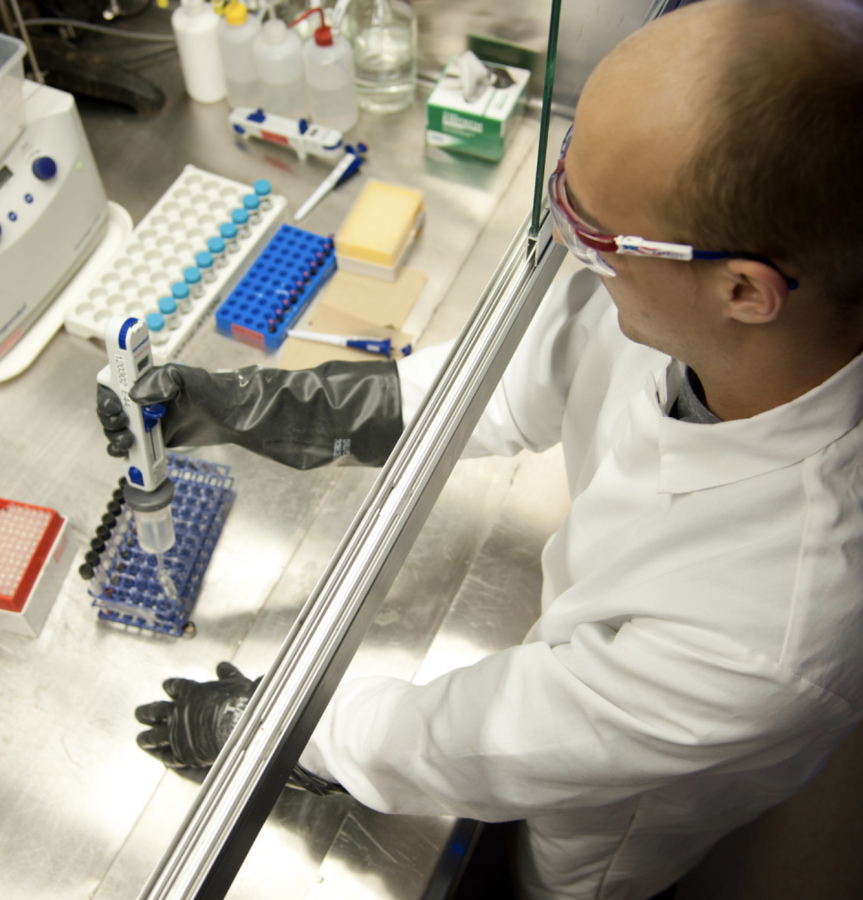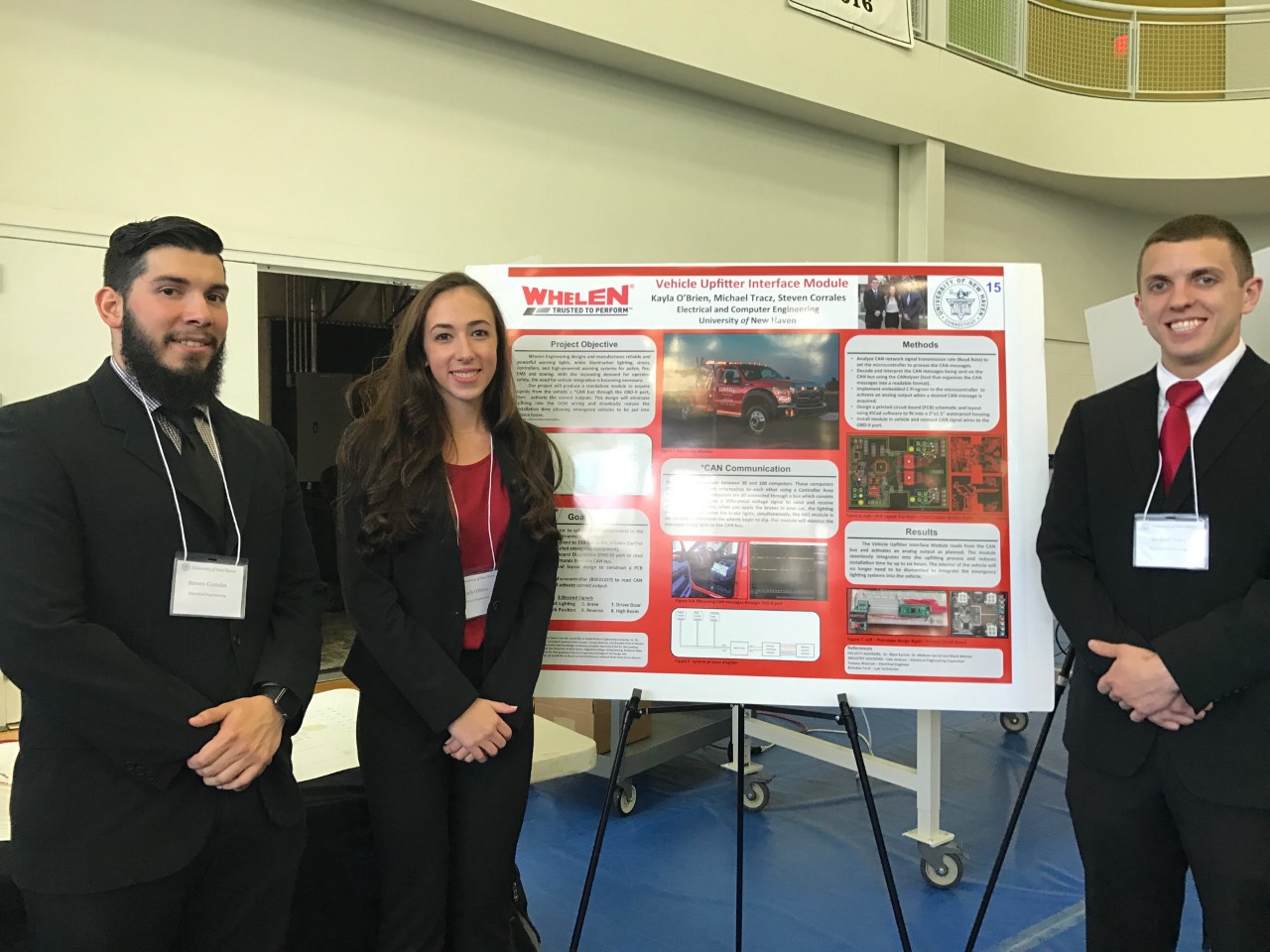On Sept. 6, forecasters said that Tropical Storm Hermine had put a hurricane watch in effect for parts of Texas. According to CNN.com, the storm was expected to dump four to eight inches of rain over northeastern Mexico and sections of southern and north-central Texas. Isolated amounts of up to 12 inches were possible, according to the hurricane center.
The storm could have caused threatening storm surges, tornadoes and mudslides. “Isolated tornados are possible along lower and middle Texas, beginning Monday evening and continuing overnight,” said Yahoo! News.
Hurricane Hermine was the latest storm to form just shortly after Hurricane Earl. Hurricane Earl blasted through the southeastern coast as a category four storm. However, Earl weakened as it approached the northeastern coast, but the storm was still a concern. Even with all the hype surrounding Hurricane Earl, the storm produced very little damage.
On Sept.8, at least four tornadoes that were created by Hurricane Hermine touched down in Dallas, Texas in the evening. One tornado was reported in Ellis County and three in Dallas County, according to CNN meteorologist Taylor Ward. The other areas that were affected were Oklahoma, Missouri, and Arkansas. These states experienced high amounts of rainfall.
According to the National Oceanic and Atmospheric Administration’s Hydrometeorological Center, parts of Texas, such as Cedar Park and Anderson Mill, received over 12 inches of rain. Killeen and Austin received over 11 inches. Fort Worth and San Antonio received over six inches of rain, and Houston received over four.
The Dallas tornadoes knocked down power lines, damaged a couple of homes, and blew over a tractor-trailer rig. There were a few fatalities, which were mostly caused by the overwhelming inland flooding. Rescuers searched for the individuals reported missing.













